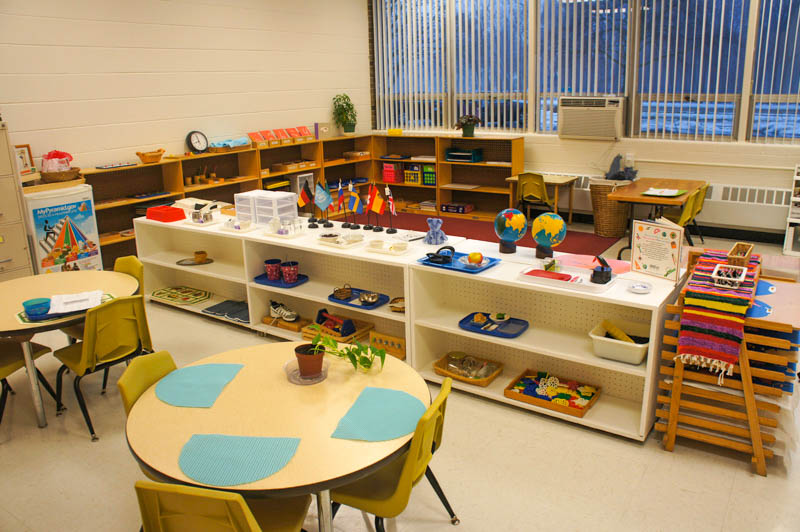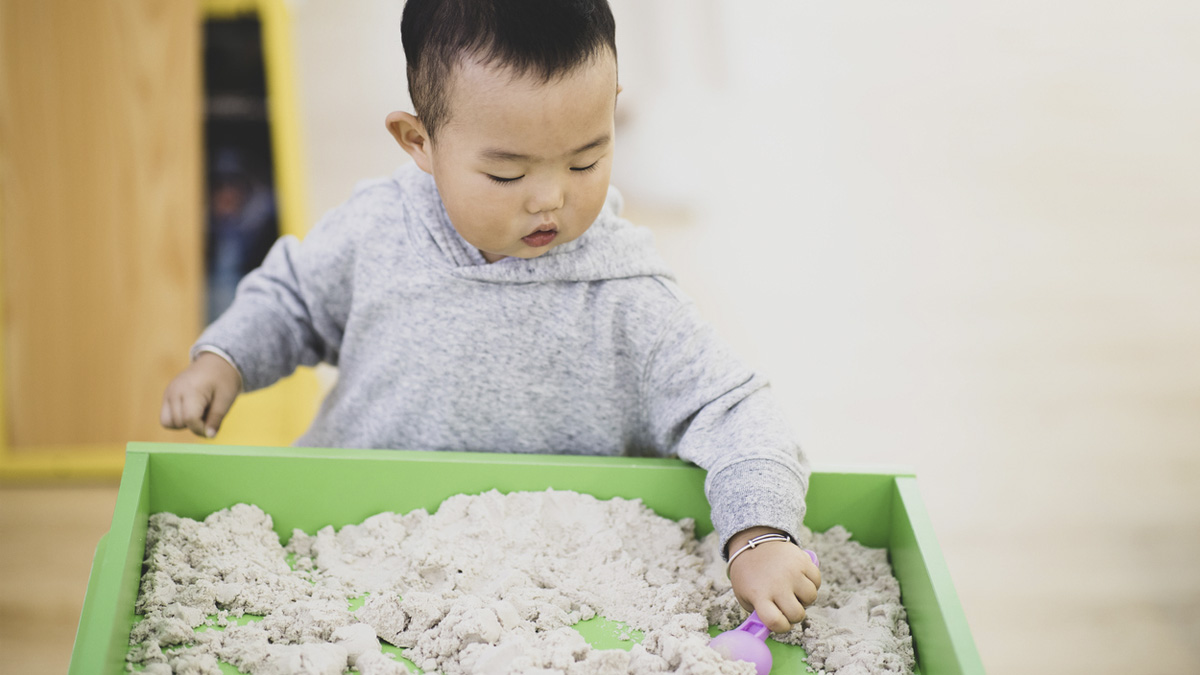
Crafting Environments for Success: Montessori Classroom Design
Montessori education revolutionizes traditional classroom settings, placing emphasis on purposeful design to create an environment conducive to holistic learning and individual growth.
The Philosophy of Montessori Classroom Design
At the heart of Montessori education is a unique philosophy that extends to the physical space of the classroom. Montessori Classroom Design prioritizes the creation of environments that reflect the principles of order, beauty, and simplicity. These spaces are carefully curated to inspire curiosity, exploration, and a love for learning.
Freedom Within Structure: Classroom Layout
One hallmark of Montessori Classroom Design is the intentional layout that balances freedom and structure. Classrooms are divided into carefully organized sections, each dedicated to specific activities. This organization allows students the freedom to choose their tasks while maintaining a sense of order that promotes focus and concentration.
Materials as Tools for Learning: Purposeful Resources
Montessori classrooms are adorned with thoughtfully selected materials designed to facilitate hands-on learning experiences. These materials serve as tools for exploration, encouraging sensory engagement, problem-solving, and the development of fine motor skills. The design ensures that each item has a specific purpose in supporting the child’s intellectual and physical development.
Natural Elements and Lighting: Creating Ambiance
The incorporation of natural elements and ample lighting is a distinctive feature of Montessori Classroom Design. Large windows invite natural light, creating a bright and welcoming atmosphere. Natural materials such as wood and plants contribute to a warm and nurturing environment, connecting students to the natural world.
Multi-Age Groupings: Fostering Community
Montessori classrooms often feature multi-age groupings, bringing together children of different ages and developmental stages. This intentional design fosters a sense of community, cooperation, and mentorship. Older students become role models, while younger ones benefit from observing and learning from their peers.
Independence and Responsibility: Classroom Management
Montessori Classroom Design is intricately linked to the promotion of independence and responsibility. Child-sized furniture and accessible materials empower students to take charge of their learning journey. The design encourages self-directed activities, allowing children to move freely and make choices, promoting a sense of ownership in their education.
Personalized Spaces: Individualized Learning
Montessori Classroom Design recognizes the importance of personalized spaces for each student. Areas for focused work, collaborative projects, and quiet reflection are carefully arranged. This customization allows educators to cater to individual needs, ensuring that each child’s unique learning style is accommodated.
Aesthetics and Order: Calming Chaos
The visual aesthetics of a Montessori classroom play a crucial role in maintaining a sense of order and tranquility. Colors are chosen thoughtfully, and the arrangement of materials follows a purposeful design. This deliberate approach minimizes visual clutter and supports a calm environment conducive to concentration.
Parental Involvement and Connection: Extending the Design Beyond the Classroom
Montessori Classroom Design extends beyond the physical space, encouraging parental involvement and connection. The design of the classroom is intended to be a reflection of the broader Montessori philosophy, fostering collaboration between educators, students, and parents. This connection strengthens the support system for each child’s educational journey.
Explore the transformative impact of Montessori Classroom Design at igaseng.com. This platform embraces the principles of purposeful design, offering insights and resources to educators, parents, and anyone interested in creating environments that inspire a love for learning. Experience the magic of Montessori education through thoughtful and intentional classroom design.





